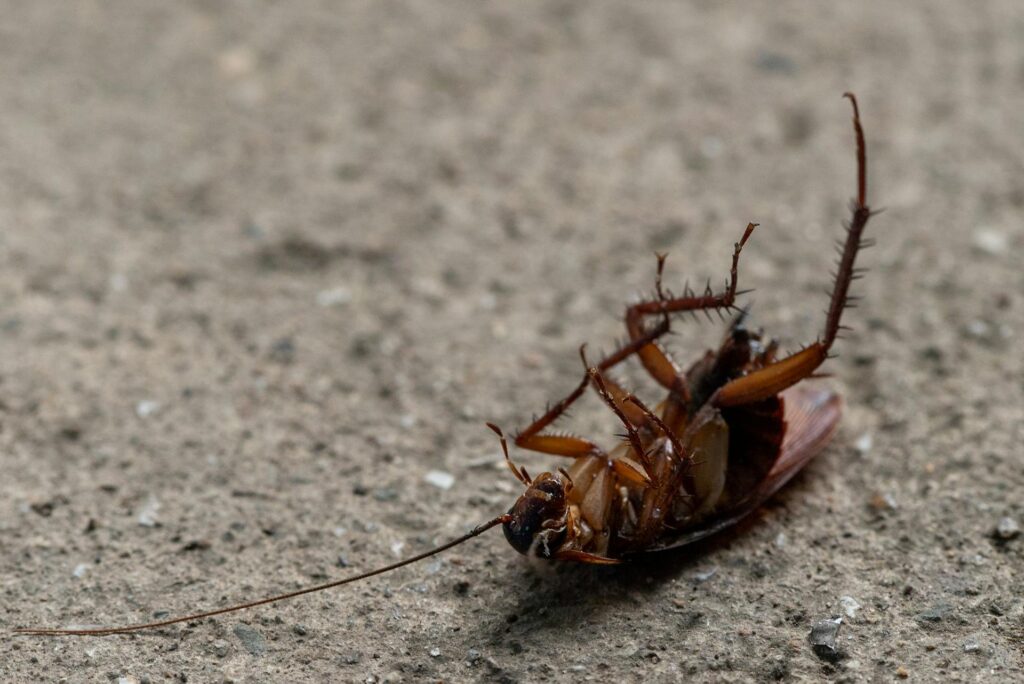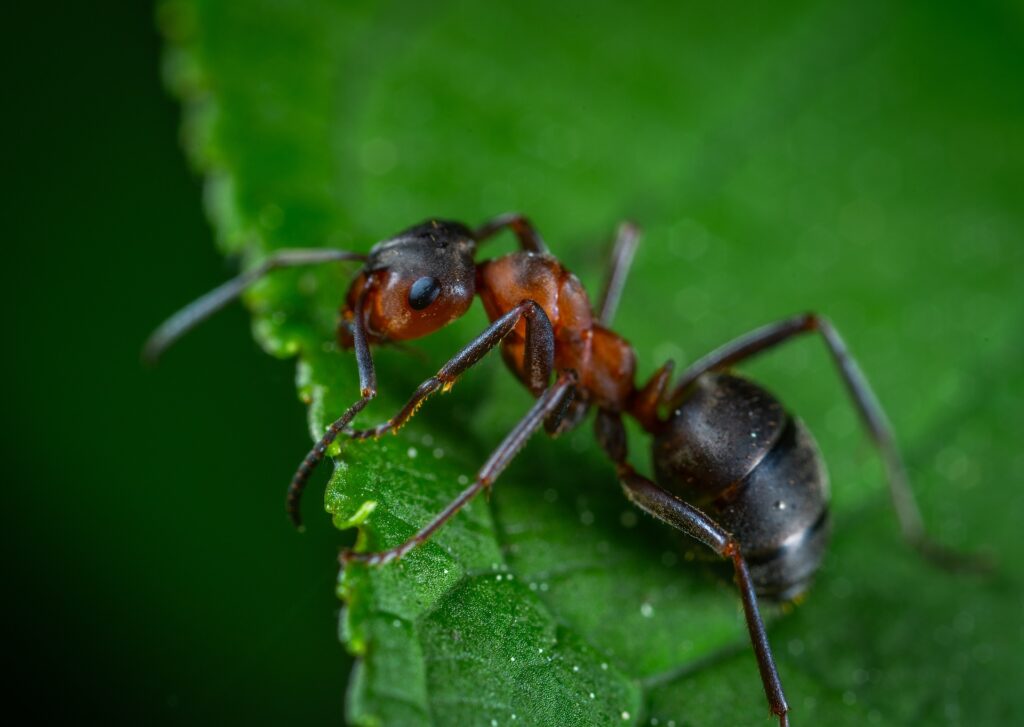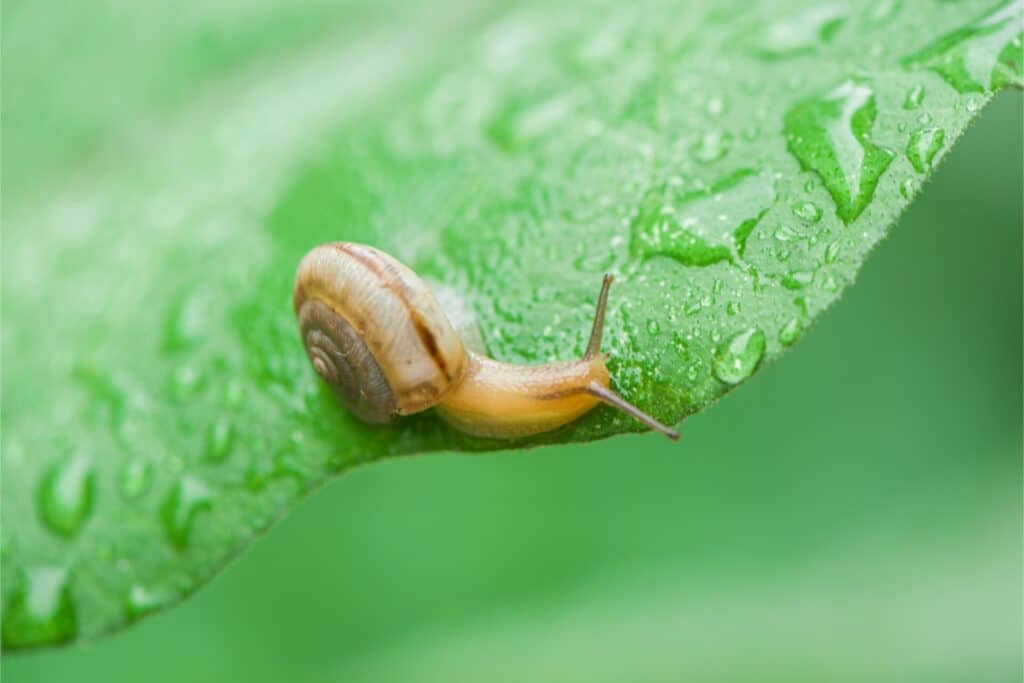Anyone who has experienced a fire ant sting knows the distinctive burning sensation that gives these insects their name. Fire ants, particularly the red imported fire ant (Solenopsis invicta), have become notorious pests across the southern United States. Their painful stings can turn a pleasant outdoor activity into a memorable experience for all the wrong reasons. But what exactly causes that characteristic burning sensation?
Are fire ants venomous?
Fire ants are indeed venomous insects. Unlike many other stinging insects that primarily use their stinger for defense, fire ants first use their mandibles (jaws) to grip the skin, then pivot their bodies to inject venom through a stinger located at their abdomen. The venom contains compounds called alkaloids, primarily solenopsins, which make up about 95% of their venom.
These alkaloids are responsible for the burning sensation that gives fire ants their name. The remaining components include proteins that can trigger allergic reactions in sensitive individuals. This unique venom composition explains why fire ant stings feel different from other insect stings—they’re specifically evolved to cause pain and deter predators from disturbing their colonies.
Are fire ants dangerous?
While fire ant stings are painful for everyone, the level of danger they pose varies significantly between individuals. For most people, stings result in a localized reaction—burning pain followed by itchy, white pustules that develop within 24-48 hours. These pustules can become infected if scratched and broken.
However, for approximately 1% of the population, fire ant stings can trigger severe allergic reactions, including potentially life-threatening anaphylaxis characterized by difficulty breathing, rapid heartbeat, and swelling of the throat or tongue. Children, elderly individuals, and those with compromised immune systems face greater risks.
Additionally, multiple stings can be dangerous even to non-allergic individuals, as a single disturbed colony can deliver hundreds of stings within seconds, potentially causing systemic toxicity.
What to do if you are stung by a fire ant
If you’re stung by fire ants, act quickly to minimize discomfort and prevent complications. First, immediately brush off any ants still on your skin—don’t use water, as this can cause them to sting again. Next, wash the affected area with soap and water to remove any remaining venom and reduce infection risk.
Apply a cold compress to reduce pain and swelling, and elevate the affected limb if possible. Over-the-counter treatments like hydrocortisone cream can help with itching, while oral antihistamines may reduce allergic reactions. Avoid scratching the pustules that form, as this can lead to infection.
For severe reactions—difficult breathing, dizziness, swelling of the face or throat, or hives spreading beyond the sting site—seek emergency medical help immediately, as these may indicate anaphylaxis requiring urgent treatment.
How to prevent a fire ant infestation
Preventing fire ant infestations starts with making your property less attractive to these persistent pests. Regularly inspect your yard for mounds, particularly after rain when new colonies are more visible. Maintain your lawn by keeping grass trimmed short and removing debris piles where ants might nest.
Seal potential entry points around your home’s foundation, windows, and doors with caulk or weatherstripping. Be cautious with food outdoors—clean up spills immediately and keep pet food dishes elevated or only available during feeding times.
Consider creating a dry barrier of diatomaceous earth around your home’s perimeter as a natural deterrent. For areas like gardens or playgrounds, pre-treat the soil before planting or construction with appropriate insecticides designed specifically for fire ants to prevent colony establishment.
What to do if you have a fire ant infestation
When dealing with an established fire ant infestation, a two-pronged approach is most effective. For visible mounds, consider using bait products that worker ants carry back to the colony, ultimately killing the queen and eliminating the entire colony from within. These baits work gradually but thoroughly, often taking 1-3 weeks for complete elimination.
Alternatively, you can use mound drenches or granular products for faster results on individual mounds, though these may be less effective at reaching the queen in deeply established colonies. For widespread infestations, broadcast baiting across your entire property may be necessary. Always carefully follow product instructions when applying any treatment, and consider professional evaluation for persistent or extensive infestations, especially those near structures, electrical equipment, or areas frequented by children and pets.
When to call a professional
When dealing with persistent fire ant problems on your property, a professional pest control service offers the most effective ant control solutions. At Aptive, our pest control experts can assess your fire ant situation, identify the colonies, and determine their nesting locations. Our technicians will thoroughly inspect your property to locate mounds, entry points, and attractants, then develop a customized treatment plan based on the fire ants’ lifecycle and behavior patterns.
We’ll also provide prevention strategies and guidance on proper yard maintenance to help prevent future fire ant problems. If you’ve noticed multiple mounds or suspect colonies have established themselves in or around your property, don’t wait–contact Aptive today for a free quote and start your customized fire ant control solution now!








